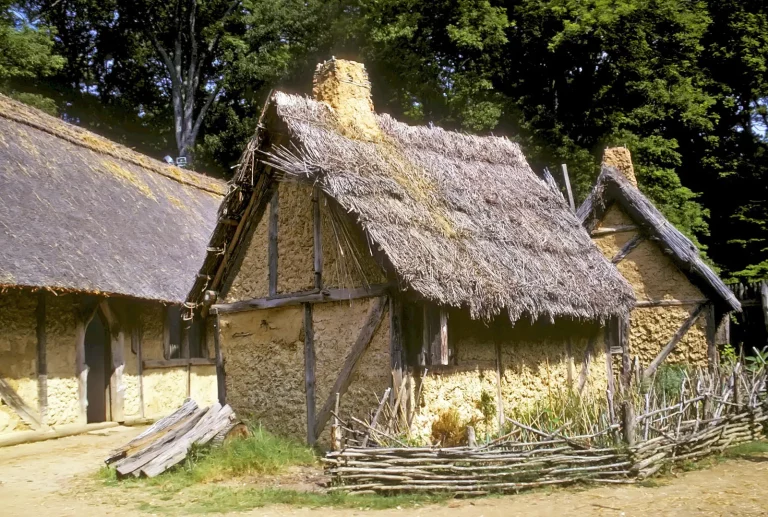Virginia, a state steeped in history and renowned for its pivotal role in the birth of a nation, holds a treasure trove of captivating stories from its past. While the enduring legacy of the American Revolution often takes center stage, a lesser-known historical fact unveils a truly intriguing chapter in Virginia’s history—the enigmatic tale of Jamestown. Delving into the depths of this colonial settlement unravels a fascinating narrative of exploration, survival, and the forging of the American identity.
In 1607, Jamestown became the first permanent English settlement in the New World, marking a significant milestone in the colonization of North America. A group of intrepid settlers, sponsored by the Virginia Company of London, embarked on a perilous voyage across the Atlantic Ocean in search of wealth, adventure, and a passage to the Orient. What they encountered on the shores of Virginia would forever alter the course of history.
Life in Jamestown was far from idyllic. The settlers faced numerous challenges, including starvation, disease, and conflict with local Native American tribes. The harsh environment, coupled with internal divisions and leadership struggles, posed formidable obstacles to the survival of the fledgling settlement. However, the perseverance and resilience of the Jamestown colonists played a pivotal role in their ultimate success.
One figure who emerged as a key leader in Jamestown was Captain John Smith. Smith’s pragmatic approach to governance and his efforts to establish trade alliances with Native American tribes proved instrumental in securing the survival of the settlement. His famous encounter with Powhatan, the paramount chief of the Powhatan Confederacy, further solidified the tenuous relationship between the English colonists and the Native inhabitants.
Jamestown’s historical significance extends beyond its role as the first permanent English settlement. In 1619, the settlement witnessed two events that would shape the course of American history. The first was the arrival of the first recorded Africans in British North America, marking the beginning of a long and troubling legacy of slavery. The second event was the convening of the first representative legislative assembly in the English colonies, known as the House of Burgesses. This pivotal step towards self-governance laid the groundwork for the democratic institutions that would later become a cornerstone of American society.
Virginia’s role in the American Revolution is equally compelling. The state witnessed key moments of conflict, including the famous battles of Yorktown and Lexington and Concord. Figures like George Washington, Thomas Jefferson, and Patrick Henry emerged as stalwart leaders in the fight for independence, leaving an indelible mark on Virginia’s history and shaping the course of the nation.
As we delve into the annals of Virginia’s past, it is vital to uncover the mysteries and complexities of Jamestown, the birthplace of the English colonial presence in North America. The tale of Jamestown invites us to reflect on the triumphs and tribulations of those early settlers, their interactions with Native Americans, and the enduring legacies they left behind. Virginia’s captivating colonial legacy serves as a testament to the indomitable human spirit, the quest for exploration, and the forging of a nation.
As we walk in the footsteps of those who came before us, let us appreciate the rich tapestry of Virginia’s history—the struggles, triumphs, and the complexities that have shaped the state and the nation. The enigma of Jamestown beckons us to explore the untold stories, weaving together the threads of past and present, reminding us of the enduring spirit of discovery and the pursuit of a more perfect union.
